
copyright © Wartime Heritage Association
Website hosting courtesy of Register.com - a web.com company
Wartime Heritage
ASSOCIATION
Remembering
Vimy Ridge
Vimy Ridge, 8 km north east of Arras was occupied by the
German Army in October, 1914. The ridge rises gradually on its
western side, and drops more quickly on the eastern side and
provides a clear view for tens of kilometres in all directions.
During the following years the area was heavily fortified by the
German Army.
The French Army had attempted, but failed, to dislodge
the Germans in May, 1915 and again in September,1915. The
French 1st Moroccan Division managed to briefly capture the
height of the ridge but was unable to hold it because of a lack of
reinforcements. The French suffered some 150,000 casualties
in their attempts to gain control of Vimy Ridge and the
surrounding territory.
The British replaced the French in February, 1916. In May
of that same year, the German Army attempted to push the
British from their positions; however little changed during the
attacks and counter attacks.
The Canadians relieved the British stationed along the
western slopes of Vimy Ridge in October, 1916.
An artillery bombardment against the German lines began
on March 20, 1917 in preparation for a Canadian advance upon
the Ridge.
On April 9, during a driving snowstorm, four Canadian
divisions stormed the ridge at 5:30 am. More than 15,000
Canadian troops overran the Germans defences all along the
front. Canadians single-handedly charged machine-gun positions
or forced the surrender of Germans in the trenches.
By mid-afternoon, the Canadians had taken most of their
objectives. Only on the left side of the ridge, at Hill 145, the
highest point and a plateau known as the Pimple, where the 4th
Canadian Division faced the heaviest German defences, were
the Canadians held up.
It took three more days of fighting before the Canadians
were able to gain control of the entire ridge, Hill 145 being
eventually captured in a frontal bayonet charge against the
machine-gun positions of the German Army.
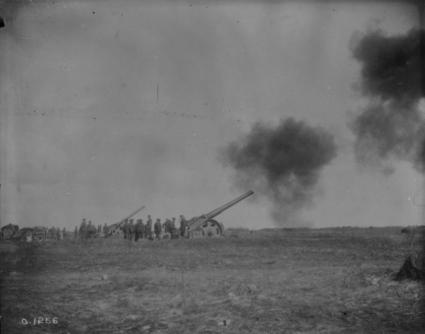

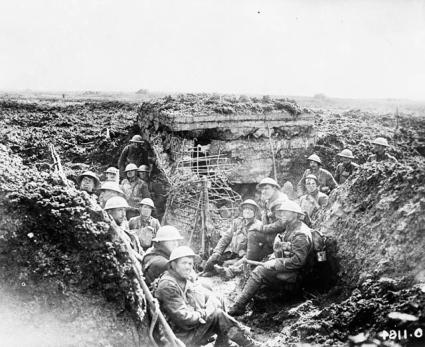

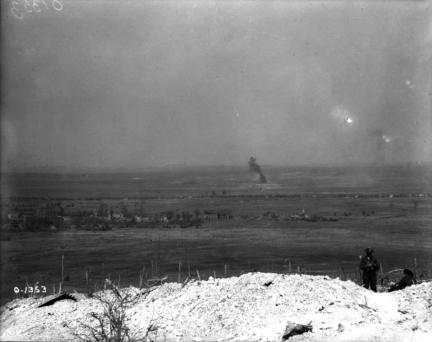


Canadian Cemetery near Vimy, 1917.
Credit: Canada. Dept. of National Defence/Library and Archives Canada
Battle of Vimy Ridge
(with connection to Yarmouth Co., Nova Scotia, Canada)
Killed in Action
April 9, 1917
d'Entremont, William R.
112th Battalion/25th Battalion
Kehoe, Donald
Canadian Machine Gun Corps (6th Machine Gun Company)
(killed in action)
Stingel, Charles E.
3rd Battalion (killed in action)
Welsh, J. Clarence
219th Battalion/42nd Battalion
Wheaton, Jack Merritt
85th Battalion (killed in action)
April 10, 1917
Giles, James Henry
13th Battalion (killed in action)
April 11, 1917
Spates, Vernell
42nd Battalion (wounded April 9, 1917)
Other Casualties from the larger Battle of Arras
(Early April to May 16, 1916) in the Vimy Ridge area.
April 4, 1917
Hersey, Frank
8th Canadian Siege Battery,
Canadian Garrison Artillery (killed in action)
Moses, George Melbourne
85th Battalion
April 18, 1917
Williams, J. Lewis
Canadian Machine Gun Corps (6th Machine Gun Company)
(killed in action)
April 28, 1917
Kinney, Frank F.
25th Battalion
Goodwin, Robert L.
25th Battalion (killed in action)
April 29, 1917
Goodwin, Merton H.
25th Battalion (killed in action)
Murree, Gordon S.
25th Battalion ((killed in action)
Hemeon, Carl
112th Battalion/25th Battalion (killed in action)
Lewis, Eugene M.
64th Battalion/25th Battalion (killed in action)
Long, T. Harold
112th Battalion/25th Battalion
Muise, John Alfred
(Listed in Official Records as Muese, Alfred Joseph)
25th Battalion
Soldiers were often listed initially as “missing in action”
and later as bodies were found and identified
were listed as “killed in action”.
Among the Wounded at Vimy
Private George Charles Baker (w. April 27)
Private Harry Blades (w. April 9)
Charles Augustus Crosby (w. April 21)
Major Harvey Edwin Crowell (w. April 11)
Sergeant Herbert Lorraine Cunningham (w. April 13)
Corporal Joseph Bunker Jeffery (w. April 12)
Private James Cornelius Uhlman (w. April 9)
Private John Wallace (w. April 10, 1917)
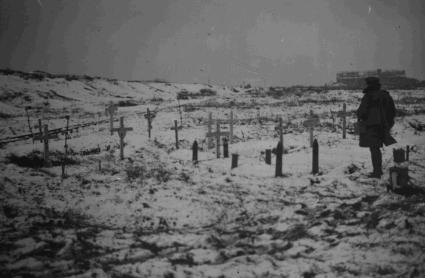
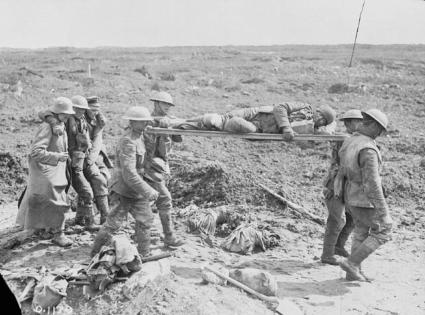
Stretcher bearers and German prisoners bringing in wounded at Vimy
Ridge, during the Battle of Vimy Ridge. [between April 9-14 1917]
Credit: Canada. Dept. of National Defence / Library and Archives Canada / PA-
001021
Canadians searching captured German trenches for hiding Germans at
Vimy Ridge, during the Battle of Vimy Ridge.
Credit: W.I. Castle / Canada. Dept. of National Defence / Library and Archives
Canada / PA-001129
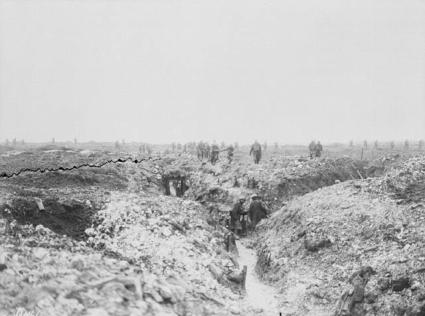
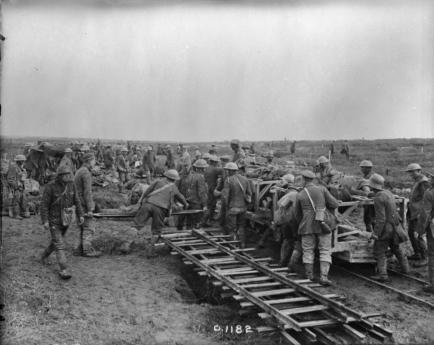
Light railway siding during the Battle of Vimy Ridge.
Credit: W.I. Castle/Library and Archives Canada/PA-001049
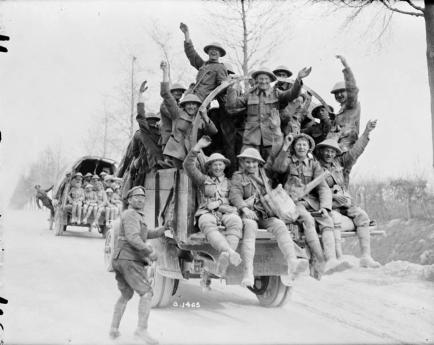
Canadian soldiers returning from Vimy Ridge May 1917
Credit: W.I. Castle / Canada. Dept. of National Defence / Library and Archives
Canada / PA-001332
The Vimy Memorial
Credit: Wartime Heritage private collection
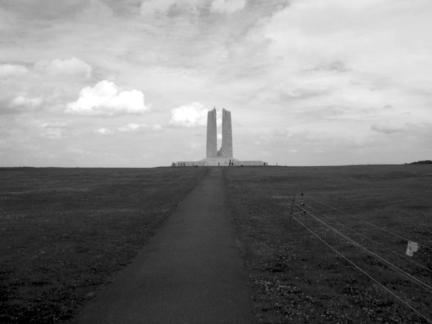
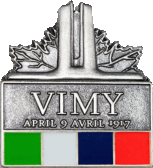

Vimy Ridge marked the first time all four Canadian Infantry
Divisions worked together as one formation. Sadly, Yarmouth’s
own are represented in the casualties from April 9,1917, in all
four of the four Divisions:
Charles E Stingel
3rd Battalion - 1st Canadian Infantry Division
William Rudolf d'Entremont
112th Battalion - 2nd Canadian Infantry Division
Clarence J Welsh
42nd Battalion - 3rd Canadian Infantry Division
Jack Merritt Wheaton
85th Battalion - 4th Canadian Infantry Division
“As the guns spoke, over the bags they went — men of CB, sons
of NS & NB, FCs (French-Canadians) & westerners — all
Canucks.” Writings of Percy Willmot, Cape Bretoner, 25th Battalion

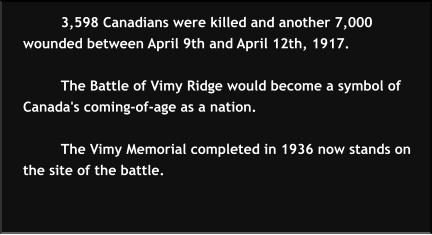
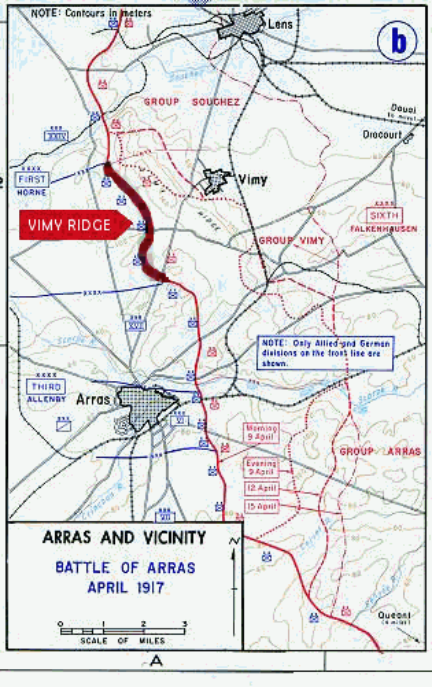
Photo: Library and Archives Canada
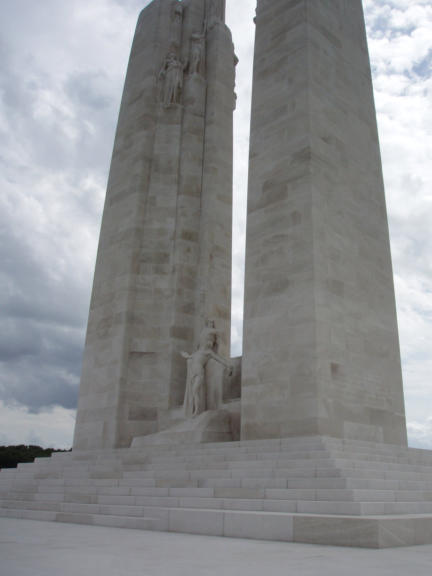
Photo: Wartime Heritage Association (2009)


Related Links on the Wartime Heritage Website
http://wartimeheritage.com/galleryindex/vimyridge_memorial.htm
http://wartimeheritage.com/storyarchive1/story_trenches_deaths.htm
http://wartimeheritage.com/storyarchive1/story_arras.htm
http://wartimeheritage.com/storyarchive1/storysffcharlesstingel.htm


- World War I - Menu
- WWI Stories and Articles
- Photos - Yarmouth Soldiers
- Selection of World War I Songs
- WWI Casualties of Yarmouth, NS
- Those Who Served - Yarmouth, NS
- WWI Casualties Digby Co. NS
- WWI Casualties Shelburne Co. NS
- Merchant Mariners (1915) Yarmouth, NS
- Canadian Forestry Corps - Non Yarmouth Birth/Residence Enlistments
- US Draft Registry - Yarmouth NS Born


- World War II - Menu
- WWII Stories and Articles
- Telegraphist Air Gunners
- WWII Casualties of Nova Scotia
- US Casualties with NS Connection
- Far East/Pacific Casualties with NS Connection
- Merchant Navy Casualties Nova Scotia
- Nova Scotia WWII Casualties Holten Canadian War Cemetery
- D-Day Casualties - Nova Scotia
- CANLOAN Program Casualties - Nova Scotia
- Battle of the Bulge Casualties - Nova Scotia
- WWII Casualties Yarmouth NS
- Yarmouth Casualties - RCAF RAF Canadian Army WWII
- Yarmouth Co., Marriages WWII
- Casualties Non-Born/Residents with Connection to Yarmouth Co., Nova Scotia.
- WWII Casualties Digby Co., NS
- Non-Nova Scotian WWII Casualties Buried in Nova Scotia
- WWII RCAF Casualties Aged 16-18
- Brothers/Sisters Who Served - World War II














